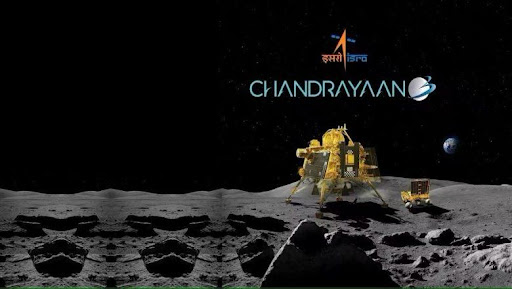Trisha Ghosh, Pune
India’s successful landing of the Chandrayaan-3 Lander Module has cemented August 23, 2023, as a historic day of pride for the nation. The landing, a massive accomplishment by ISRO (Indian Space Research Organisation), has officially established India as the first country in the world to land on the Moon’s south pole, an area yet to be explored and filled with potentially significant discoveries.
Such a feat is no small thing for India, which now looks forward to a future full of positive economic, scientific, and political prospects.
Mukesh Kochar, the National Head of Wealth Management at AUM Capital, has stated that he feels the mission will provide India’s already-registered 140 space technology start-ups with profound economic growth and success. India has been estimated to be able to contribute 8-10% to the global space economy in roughly the next decade. This is not only another step towards India achieving its dream of becoming the world’s third-largest economy, but it is also a crucial factor in augmenting its position in geopolitical contexts. A lunar mission that no other nation has yet been able to accomplish is a sure way to see India’s political influence rise. A journalist from The Indian Express named Shyam Saran has contended that this could be especially prominent for China, given that the country has always been in heated tension with India.
Notably, the ISRO team of scientists has opened up new doors and opportunities for scientific prowess. India has already set a standard for space technologies and, most of all, the ‘Make in India’ brand. Chandrayaan-3 has also given rise to the power and capabilities of indigenous scientific advancements in India. This means that investments in India’s space sector will undoubtedly increase, stock markets will sustain a positive impact, and sectors like aerospace research, defense, and telecommunications will see success.
Currently, ISRO is planning another lunar mission for 2024–25. LUPEX will work in collaboration with JAXA, a Japanese space agency. There is also much more arranged in the Chandrayaan mission series.
